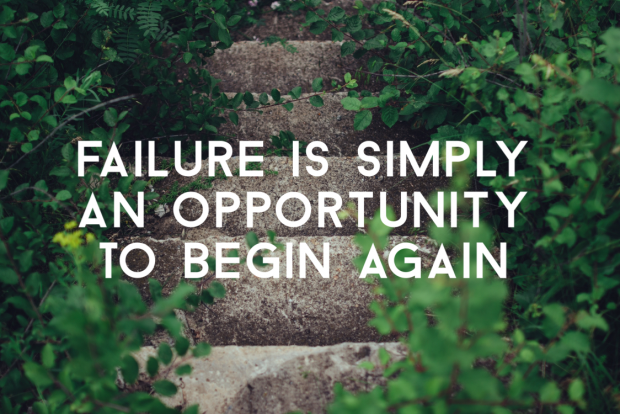 Did you have grand plans to make 2019 the year to embrace physical activity in a big way? Did you shortly thereafter fail to follow through on those shiny new positive intentions? Me too. Don’t be discouraged, as we are certainly not alone. In fact, research shows that about half of physical activity intenders fail to follow through and 2/3rds of intenders fail to follow through when starting a brand new exercise program*. It seems intentions alone are not sufficient to enact behaviour. This physical activity phenomenon has been termed the intention-behaviour gap.
Did you have grand plans to make 2019 the year to embrace physical activity in a big way? Did you shortly thereafter fail to follow through on those shiny new positive intentions? Me too. Don’t be discouraged, as we are certainly not alone. In fact, research shows that about half of physical activity intenders fail to follow through and 2/3rds of intenders fail to follow through when starting a brand new exercise program*. It seems intentions alone are not sufficient to enact behaviour. This physical activity phenomenon has been termed the intention-behaviour gap.
Almost yearly, my New Year resolution is centered on incorporating copious amount of physical activity into my daily routine. Given January feels like a fresh start, I am usually incredibly inspired and impressively motivated. I always have high hopes of weekly yoga classes, long runs before work, and maybe even a spin class here and there. Does it happen? Nope.
It really comes as no surprise that we don’t always succeed. Physical activity generally and exercise specifically are complex behaviours requiring thought, effort, and concerted behavioural regulation. Thankfully, the Multi-Process Action Control (M-PAC) is a framework designed to address the intention-behaviour gap. This approach argues that translating intentions into physical activity behaviour, especially during the adoption stage, is partially determined by regulatory processes*. Basically, the takeaway is that to become a regular exerciser, intention is necessary but not enough. Fostering your intentions into actual physical activity requires some thought, planning, and self-regulation. More on these strategies later!
Alas, I’m being hard on myself. Although I may not have necessarily attended the sunrise yoga classes and the hardcore spin, I was still active. I walked to and from work, I ran a couple times a week, and I even did the occasional lunchtime workout. I usually hiked on the weekends. I am well on my way to achieving the recommended 150 weekly minutes of moderate to vigorous physical activity .
.
This demonstrates the importance of recognizing our successes and celebrating our victories, however small they may be. Because leading an active lifestyle doesn’t need to be all or nothing. Did you take the stairs rather than the elevator? Great. Did you park a bit further to get some extra steps in? Excellent. Let’s give credit where credit is due.
So, in parting words of wisdom, don’t give up if you haven’t succeeded in turning your intentions into actions. It happens to the best of us. Trying and not succeeding sometimes is just part of the process…but keep on trying as the journey is lifelong. Focus on your small successes and rather than only allowing yourself a reboot in January, why not give yourself a reset day as required. Give yourself the gift of starting over!
Stay tuned for subsequent stories that focus on ways we can foster physical activity and help translate our intentions into actions according to the M-PAC framework. Let’s bridge the intention-behaviour gap!
*References
Rhodes, R. E., & de Bruijn, G. (2013). How big is the physical activity intention-behaviour gap? A meta-analysis using the action control framework. British Journal of Health Psychology, 18(2), 296-309.
Rhodes, R.E. (2017). The evolving understanding of physical activity behavior: A multi-process action control approach. In A. J. Elliot (Eds.), Advances in Motivation Science (4th ed., pp. 171-205).
